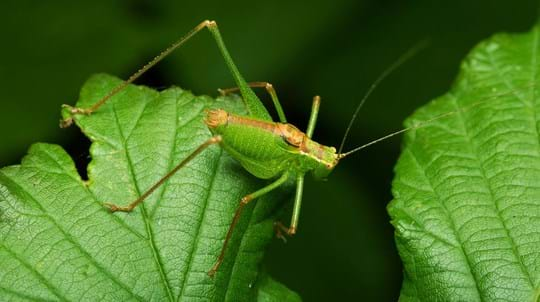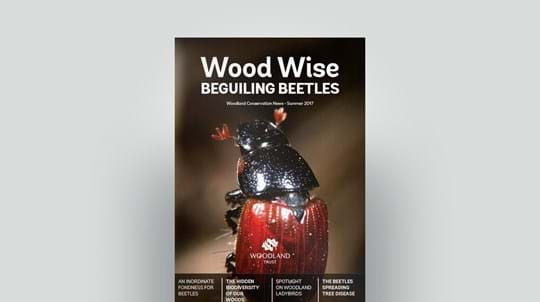
Credit: Derek Lefley / WTML
What do land caddisflies eat?
As larvae, these tiny creatures forage through the leaf litter and mosses of the woodland floor, feeding on decaying plant matter, slime molds and algae.
Once they become adults, caddisflies stop feeding to concentrate on breeding, then die after a few weeks.







